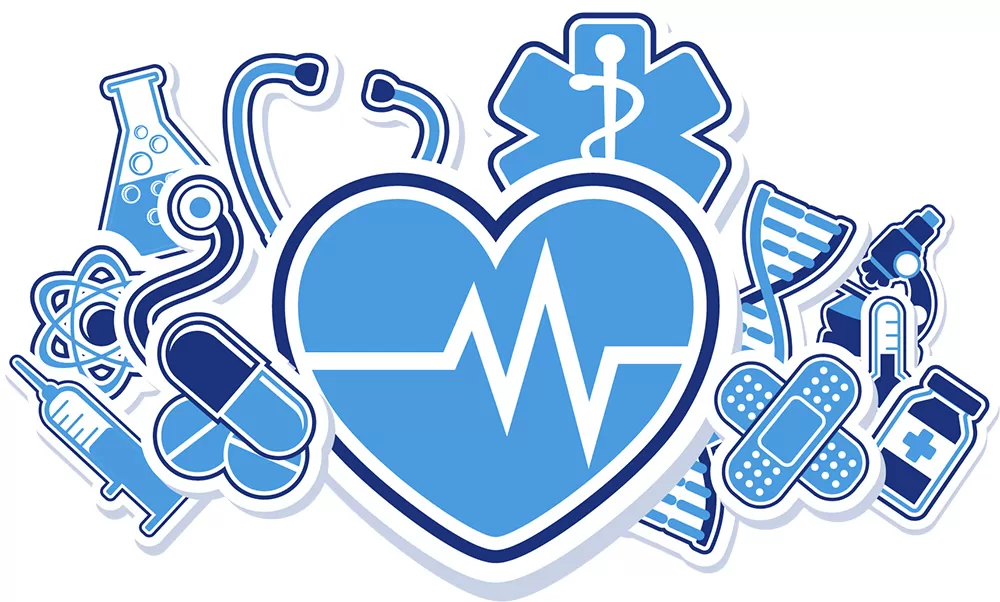
Today, healthcare, which is an experience marked by technological advancement and digital innovation, is at the stage of changing to a more modern form. Digital healthcare solutions are disrupting the interaction between patients, healthcare providers and stakeholders in health care spheres by redefining the way patients filter medical services, healthcare providers deliver care and all other interested parties connect with each other in the healthcare ecosystem. The role of digital technology is ever-changing from the solely clinical to Tele-medicine platforms ,to devices which the patient wears and keep in touch with their trainer its improving efficiency, and patients outcomes and driving a paradigm shift in healthcare delivery.
Tele-medicine: Overcoming Barriers to Access
Tele-medicine is without a doubt one of the most complex developments of the digital health. Tele-medicine services make home healthcare providers available over the internet, as such it can push aside geographical barriers and get more excluded patients to be exposed to medical expertise. By video consultations, people can receive timely medical advice, diagnosis, and treatment recommendations from the comfort of their homes. It is particularly useful for people who live in rural or underserved areas where the healthcare services to admittance may be curtailed.
Remote Patient Monitoring: Enabling Patients in Their Health Pathway
But patient remote monitoring (RPM) is also another main element of digital healthcare solutions. RPM techs can notify medical staff about a patient’s vital signs, symptoms, and other health metrics in real time and from outside traditional care settings. Wearable devices, such as smart watches and fitness bands, collect data on patients’ heartbeat, blood pressure, glucose levels and so on, allowing for continuous monitoring and early detection of health issues. The active involvement of the patients in their care management with RPM leads to early detection of complications thus promoting personalized treatment plans and prompt interventions.
Electronic Health Records: Simplifying Medical Data.
Electronic Health Records (EHRs), as one of digital healthcare solutions’ components, digitize the patients’ medical records and allow doctors and other healthcare service providers to get access to the information easily online. EHR systems coordinate patient information by arranging into secure digital platform that is accessible by such authorized persons information like medical history, diagnostic results, medication and treatment plans. This interoperability improves cooperation, decreases administrative burden and further supports communication among healthcare entities making care more seamless and intact that finally leads to patient safety.
Artificial Intelligence and Analytics: By Strengthening Clinical Decisions.
It is through artificial intelligence (AI) and data analytics that the level of clinical care is driven by great healthcare data provided by digital solutions. By using computer algorithms infused with artificial intelligence capability doctors are enabled to read medical images and laboratory findings and to make diagnosis, treatment plan prediction and identifying hidden patterns which the human observer may overlook. Healthcare providers can leverage the technology of machine learning and predictive analytics to make a decision based on concrete evidence, cater the interventions according to patient’s needs and allocate resources in a more efficient way which leads to increased level of patient care.
Challenges and Considerations
Nevertheless, the implementation of digital health technologies is not free from the hurdles because of the revolutionary potential that they encompass. Amongst the issues needs to be tackled are those around the integrity of personal information, data security, complaint with regulations and the digital divide which will enable equitable access as well as protecting patient details. On the other side of the coin it is important for healthcare providers to also consider such reimbursement-s related issues as integrating digital solutions into workflows, as well as considering the usability of technology to make the best use of digital solutions.
Conclusion
The digital healthcare solutions are a strong tool that can cause the revolution of medical services delivery, improvement of clinical results and productivity all along the healthcare process. Through the adoption of innovation, collective actions and patient centered care are fundamental to healthcare providers to bring the best out of digital technologies to have an improved, inclusive and sustainable healthcare platform.








